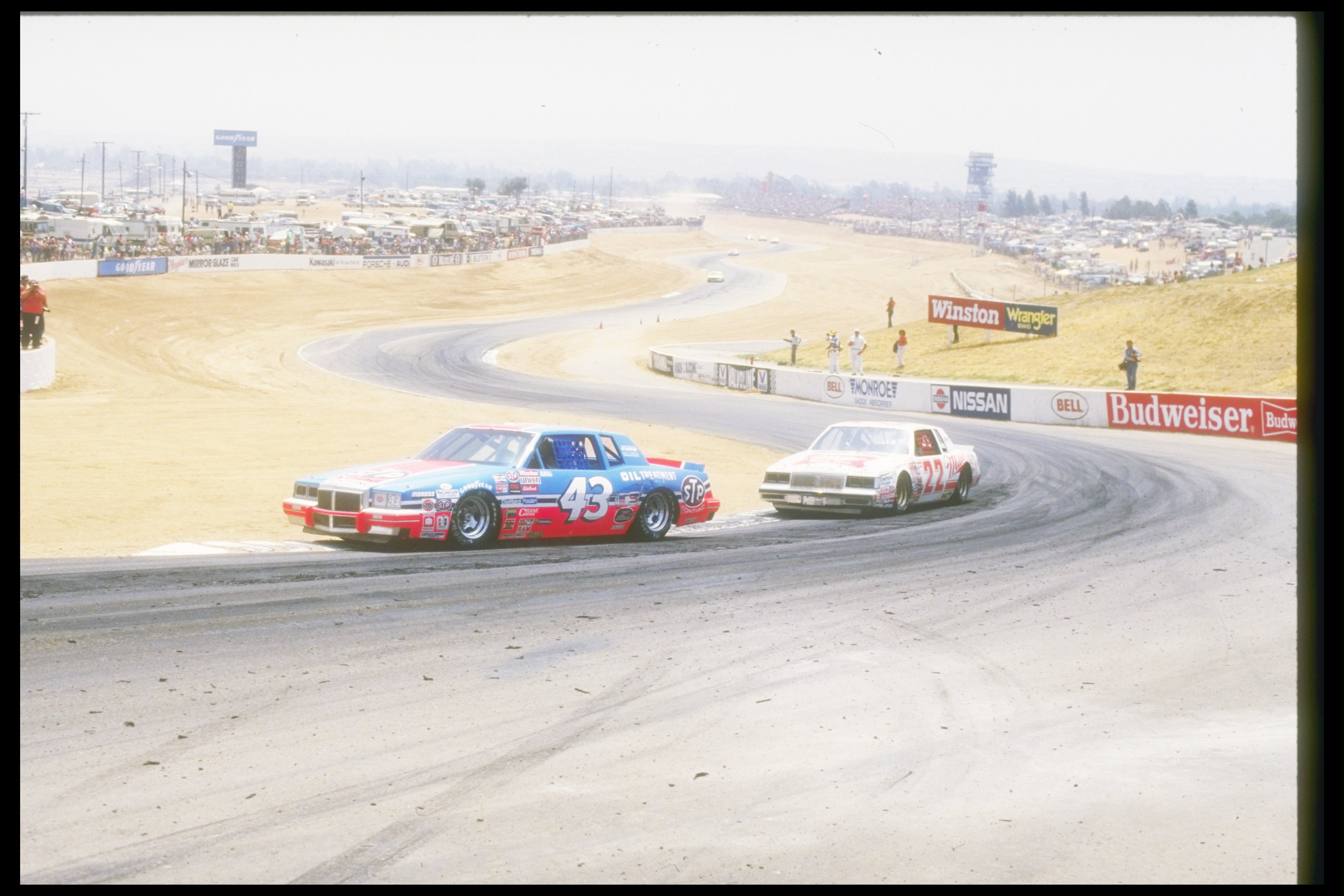
January 28, 2019 marks 33 years since NASCAR gave a mysterious prototype race car (the L-R car) its first test session.
In the years since the now failed project, the NASCAR world has become much more fluent in road racing. The drivers in the Cup Series have, for the most part, adapted and gone to work on honing their road racing craft, and the three road races in the series each year are among the best races you will see on the schedule.
But what was the true purpose of the 1980’s NASCAR L-R program?
Would it surprise you if I told you that that the true purpose was that NASCAR was ramping up to run street course races?
The ’80’s were an incredible time for NASCAR.
Young stars like Dale Earnhardt, Rusty Wallace, Darrell Waltrip, Bill Elliott and more were just starting to really ascend. The cars were boxy and cool, and the action on track was raw and real. Fans couldn’t get enough.
As the sport continued to grow in popularity, NASCAR was looking at more and more ways to continue building the sport and its audience up on the West Coast behind the scenes. In the mid ’80’s, there were reports of the Riverside, California road course (a staple on the Cup Series circuit) closing.
“We worked on this for several years. We didn’t spend a lot of money. Had a lot of meetings. It more or less centered here on the West Coast than in the Midwest or the Southeast or the Northeast,” says Ken Clapp, a long-time NASCAR executive and current consultant for the sanctioning body. “Only because I had a keen interest and Bill [France Jr.] was really keen on building the West at that time. Further than that we knew that Riverside was going away in a few short years – which it did in 1988. We were looking at all options.”
Bill France Jr. had a great solution on how to replace Riverside. His idea came in the form of a very popular style of racing in the 1980’s — street courses.
“About 1983-84 – I’m a little vague on the year. I know it was during the period of time that [NASCAR was] starting to look at Japan. We went to Australia and so on. I was pretty involved in the L-R effort as was Les Richter – who is now deceased – as was Bill France Jr. – who is now deceased,” said Clapp. “The reason was we could see a possible value in street racing. If you look back into that era, it was getting popular.”
Street courses are awesome.
You have race cars going through an iconic city with the landscape in the background. It’s breathtaking. However, there are gigantic problems that come with the beautiful photographs that come from a street course event.
“It wasn’t necessarily a great promotion from a business standpoint because it costs so damn much money to put in facilities right in the middle of towns or down on water ways in towns. There were a lot of negatives,” said Clapp.
NASCAR began developing what was labeled the L-R (left and right) car. Clapp states that the goal of the L-R initiative was to give a car capable to race on street courses primarily to give NASCAR viable options to replace the eventual loss of Riverside on the schedule.
So, while NASCAR researched and developed the L-R race car, Clapp went to work on finding a venue suitable to hold a Cup Series race.
“I personally had meetings with and inspected the Oakland Ballpark parking lot. Candlestick Park parking lot in San Francisco. Along the waterfront in San Francisco and I was working with [former San Francisco Mayor] Willie Brown on that who was in favor of doing a big stock car race,” said Clapp. “That kind of got Bill France Jr.’s attention. In fact, this whole thing got his attention. He could see a value in it.”
According to Clapp, the Candlestick Park venue would have been a tremendous mistake. In addition to being an, “undesirable course,” the venue had a checkered past.
A race there in the 1960’s resulted in two fatalities of very prominent local racers on the same day. As a result, racing was shut down at Candlestick Park and has yet to resume to this day. But NASCAR entertained the thought of the venue.
As Clapp kept scouting locations and building the infrastructure for street course racing on the West Coast, the folks in Charlotte kept trying to develop a stock car capable of being a strictly street course race car.
The original prototype was a Pontiac Sunbird which was built by Banjo Matthews and crafted into a race car by Richard Childress Racing. After testing it at the Charlotte Motor Speedway road course, Dale Earnhardt said the car was flat-out too heavy.
“It’s a little turn heavy,” said Earnhardt on an episode of Inside NASCAR. “The brakes aren’t quite as good as they need to be.”
According to an episode of Inside NASCAR from September of 1986, NASCAR had planned to have their L-R program up and running competitively by 1987, but the process of dialing in a racecar became lengthier than expected.
NASCAR scrapped the original prototype and seven months later they returned to the track with a new 400-pound lighter Buick Regal Somerset L-R car.
“We were able to look at some things and make some changes. The second car, I think was very impressive. It was light, it was fast. It was drivable,” said Bobby Allison, who tested both prototypes. “I think that it was a big step toward the development of that type of car if it becomes a reality.”
As the process of locking down a style of car that could actually give a good show at a street course continued, Clapp — who was the director of the Winston West Series at the time — began attempting some actual live street course events with the standard West Series cars.
The first-ever NASCAR street course race took place on August 10, 1986 at Tacoma, Washington. The Schuck’s Tacoma Grand Prix 200 was won by Hershel McGriff who sped across the finish line seven seconds ahead of pole-sitter Derrike Cope.
“When we did the street race in Tacoma, Washington it was on the streets of Tacoma and we did the event. It was part of the Winston West points championship,” Clapp recalled. “Hershel McGriff dominated it. He kicked butt, which he did in those days on a weekly basis.”
McGriff would go on to win the 1986 NASCAR Winston West Championship.
In all, the series would run four street course races from 1986 to 1988. Two were contested in Tacoma, Washington and two were contested in Spokane, Washington. But the shows didn’t turn out to be stellar.
“On a scale of 1 to 10 the shows were just okay,” Clapp admitted. “But the cars were cars that were used occasionally on dirt and all the time on paved ovals of all different sizes. Quarter mile up to 2-miles.”
Would the races have been improved with the street course designed L-R prototype? Possibly, but it wasn’t in the cards for the initiative to be seen to fruition.
As the course in Riverside closed in 1988, NASCAR luckily found viable options to replace it on their Cup Series schedule.
The one-mile oval in Phoenix, Arizona and the road course in Sonoma, California would replace the two events that were held at Riverside, keeping the West Coast involved in the sport. These schedule changes coupled with the Cup Series return to Watkins Glen in 1986 gave the series a good mix of West Coast events as well as road course races. This made the L-R program quite expendable.
As a result, the program was pushed to the back burner and it eventually died away altogether and street course racing never came to the Cup Series. But for a good chunk of the 1980’s it seriously looked like street racing was going to be a big part of the future of the NASCAR Winston Cup (now Monster Energy Cup) Series.
Did you enjoy this story? If so, you can ![]() . Patrons get the opportunity to help this website grow as well as help mold the direction of what I cover in the future. You also will receive an awesome T-Shirt, a decal and you’ll be invited to an exclusive racing chat room on Discord.
. Patrons get the opportunity to help this website grow as well as help mold the direction of what I cover in the future. You also will receive an awesome T-Shirt, a decal and you’ll be invited to an exclusive racing chat room on Discord.
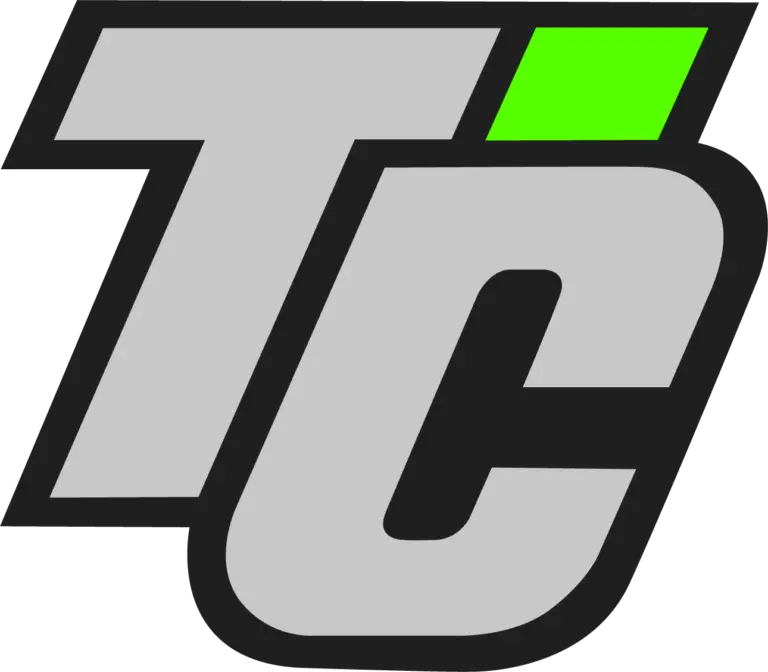
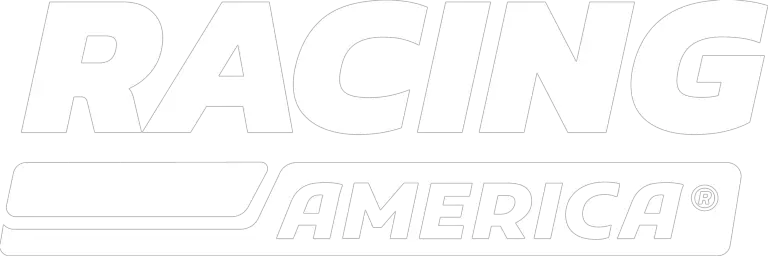

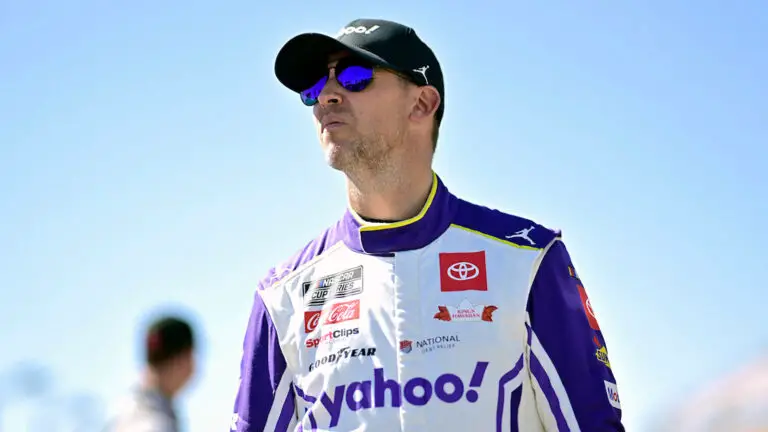
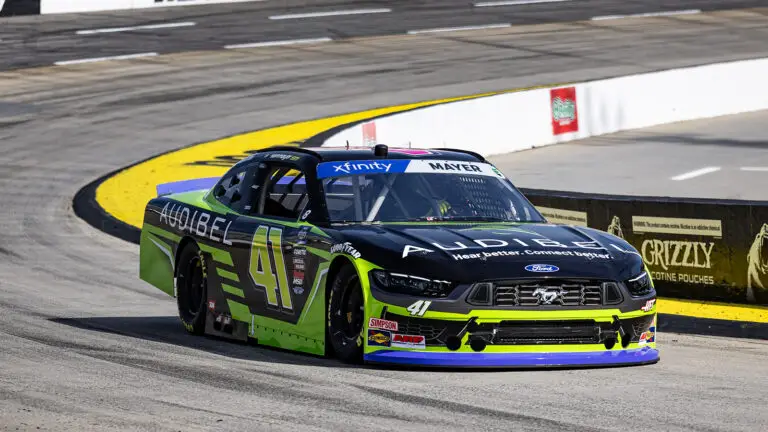
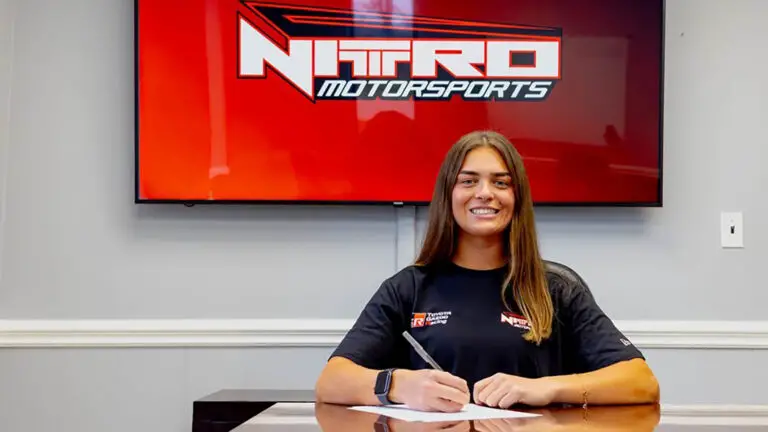
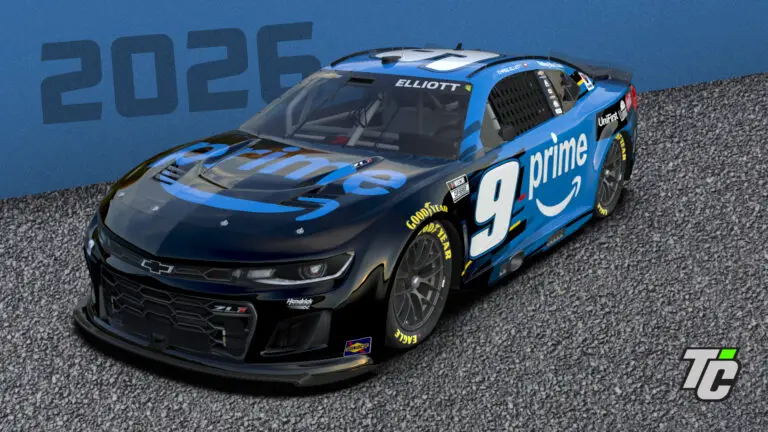
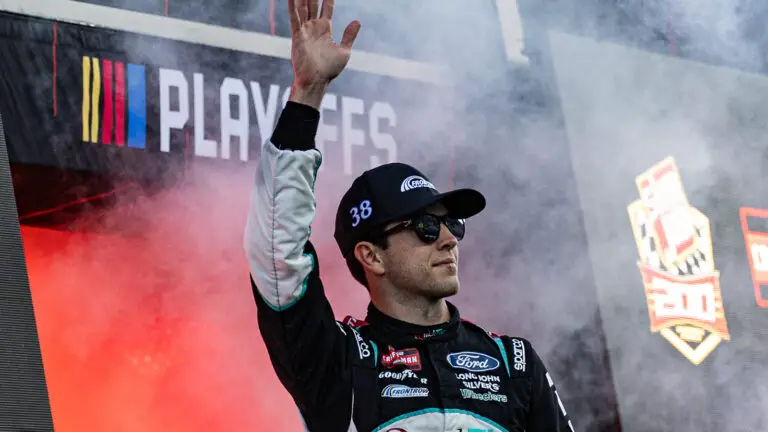
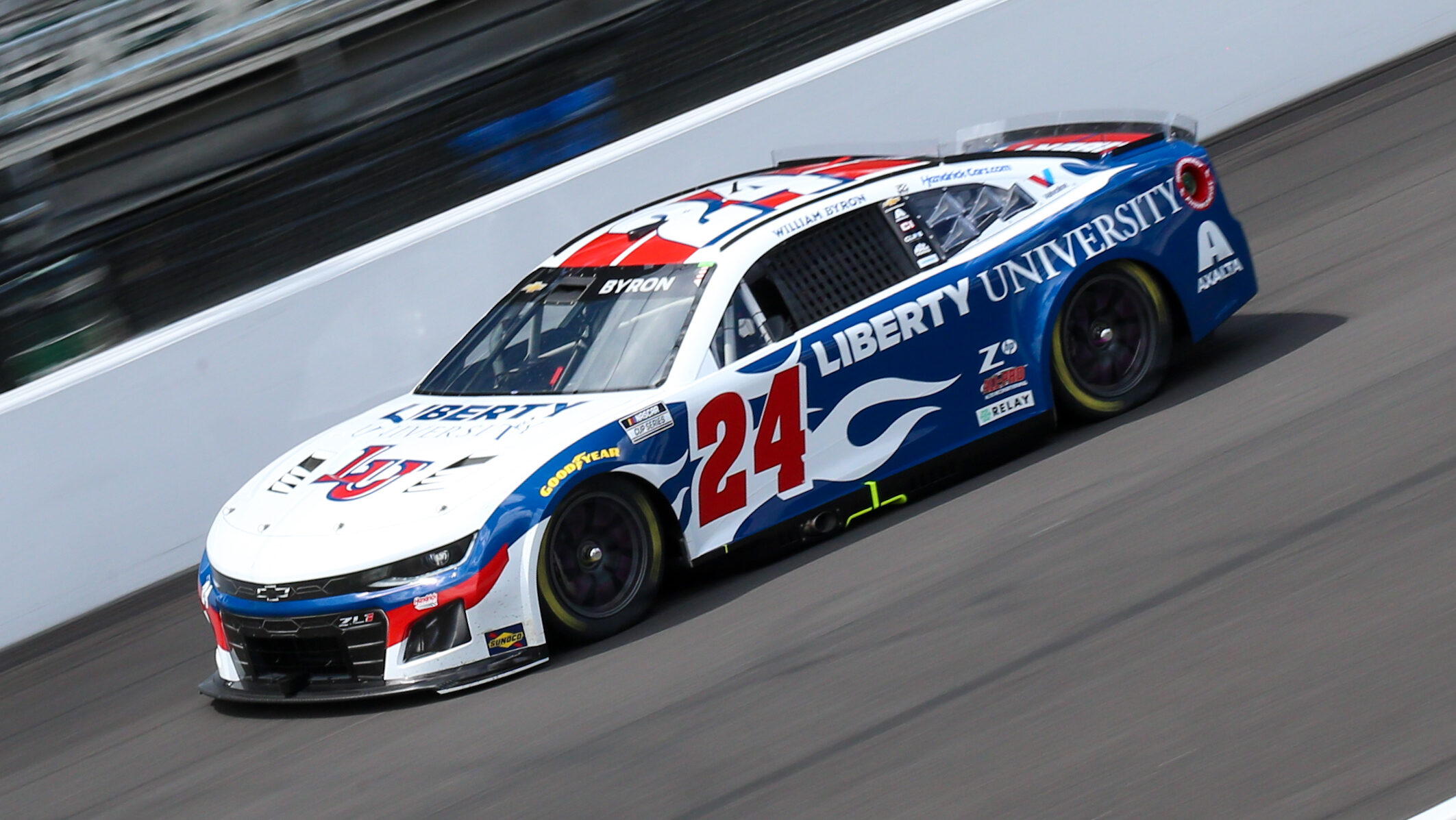

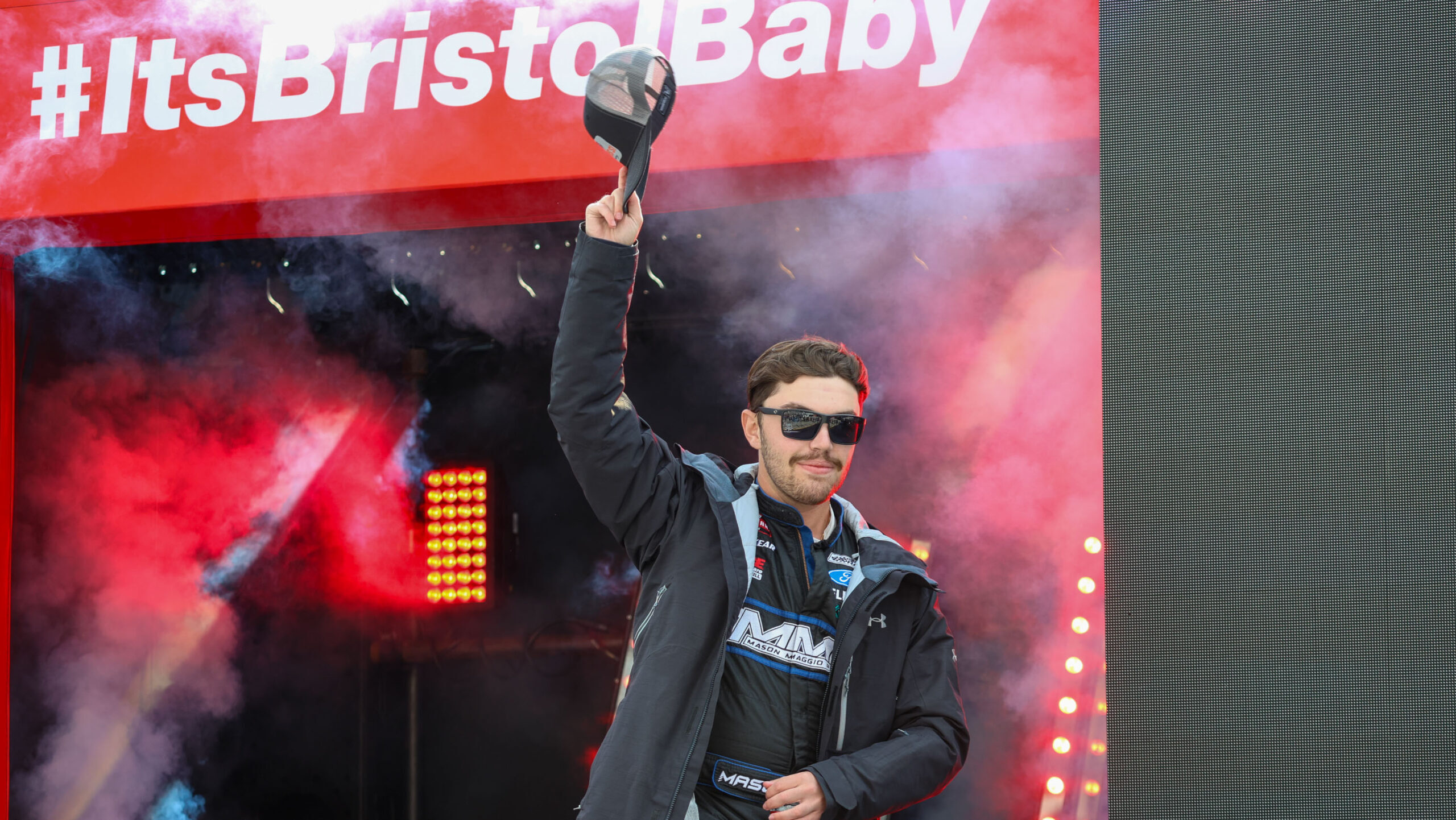
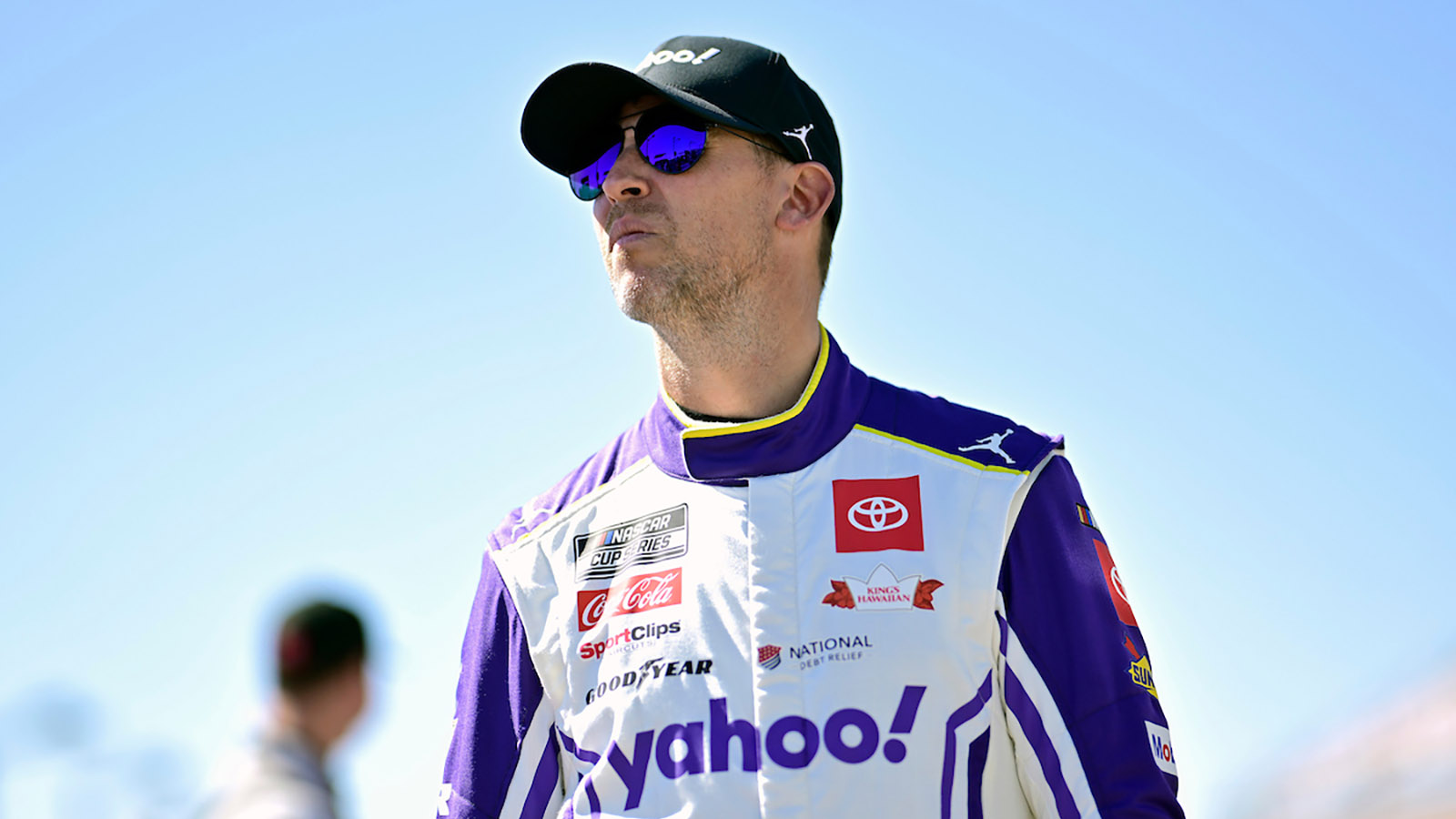
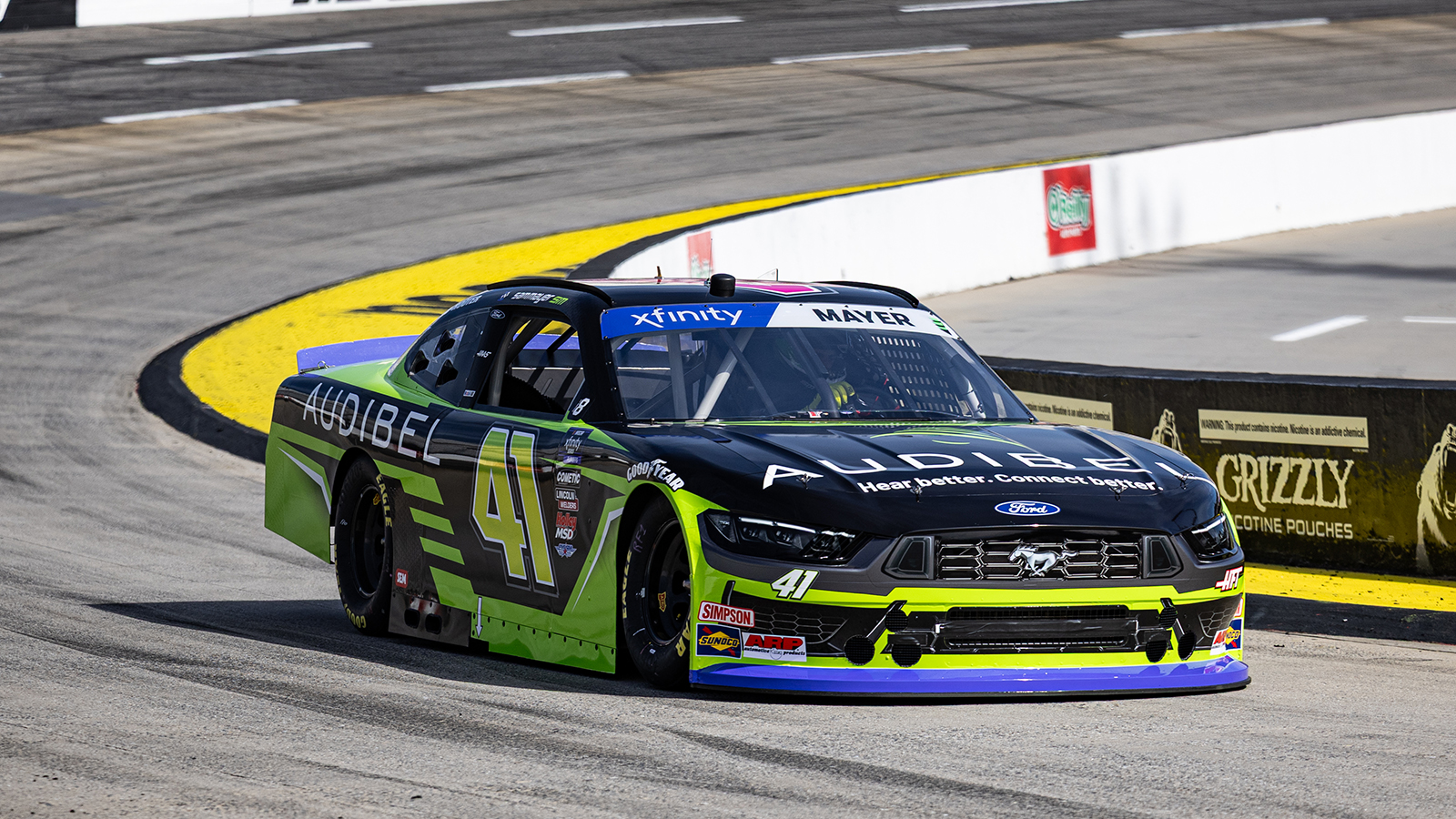
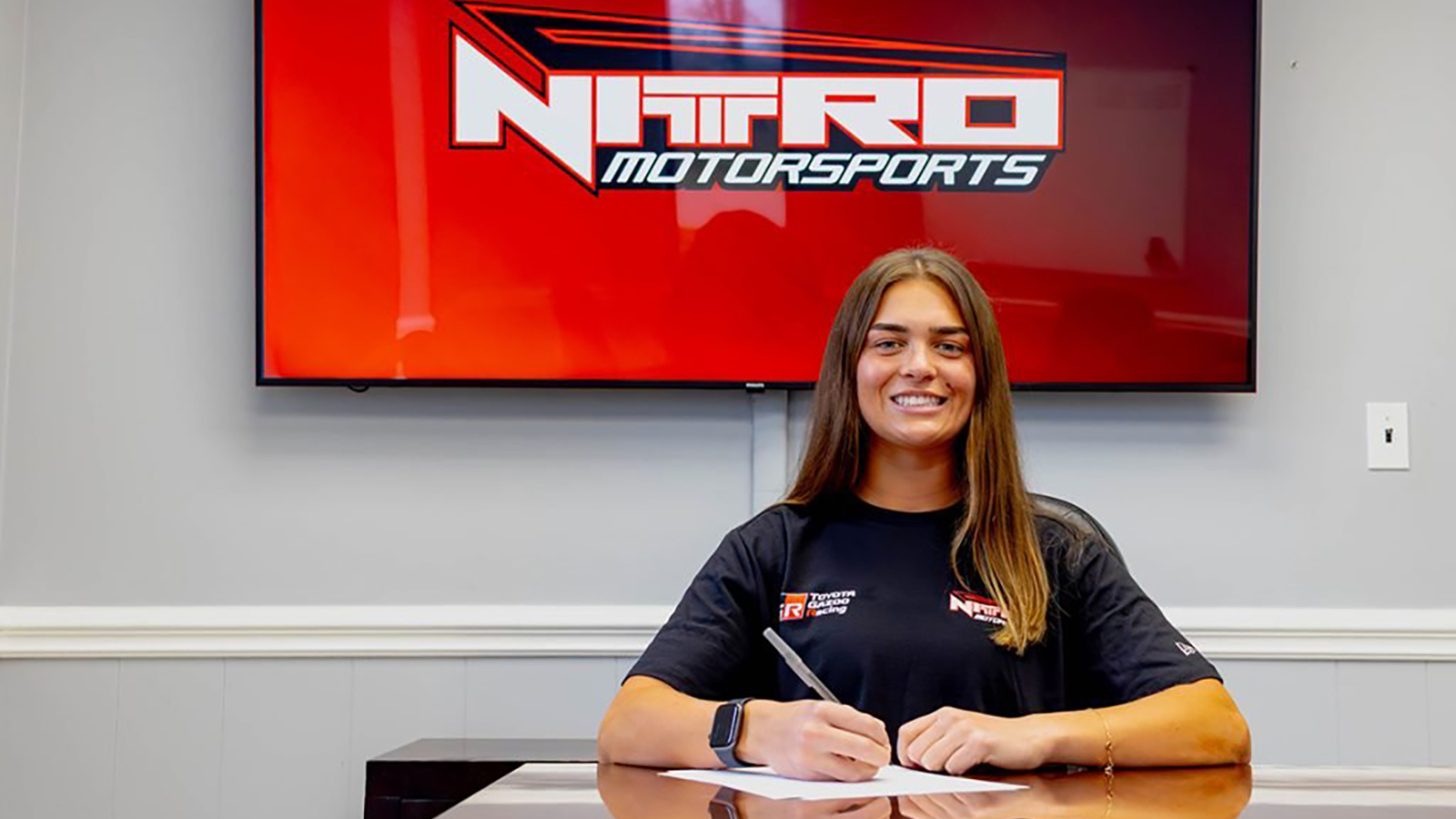
3 Responses
Long Beach GP 🙂